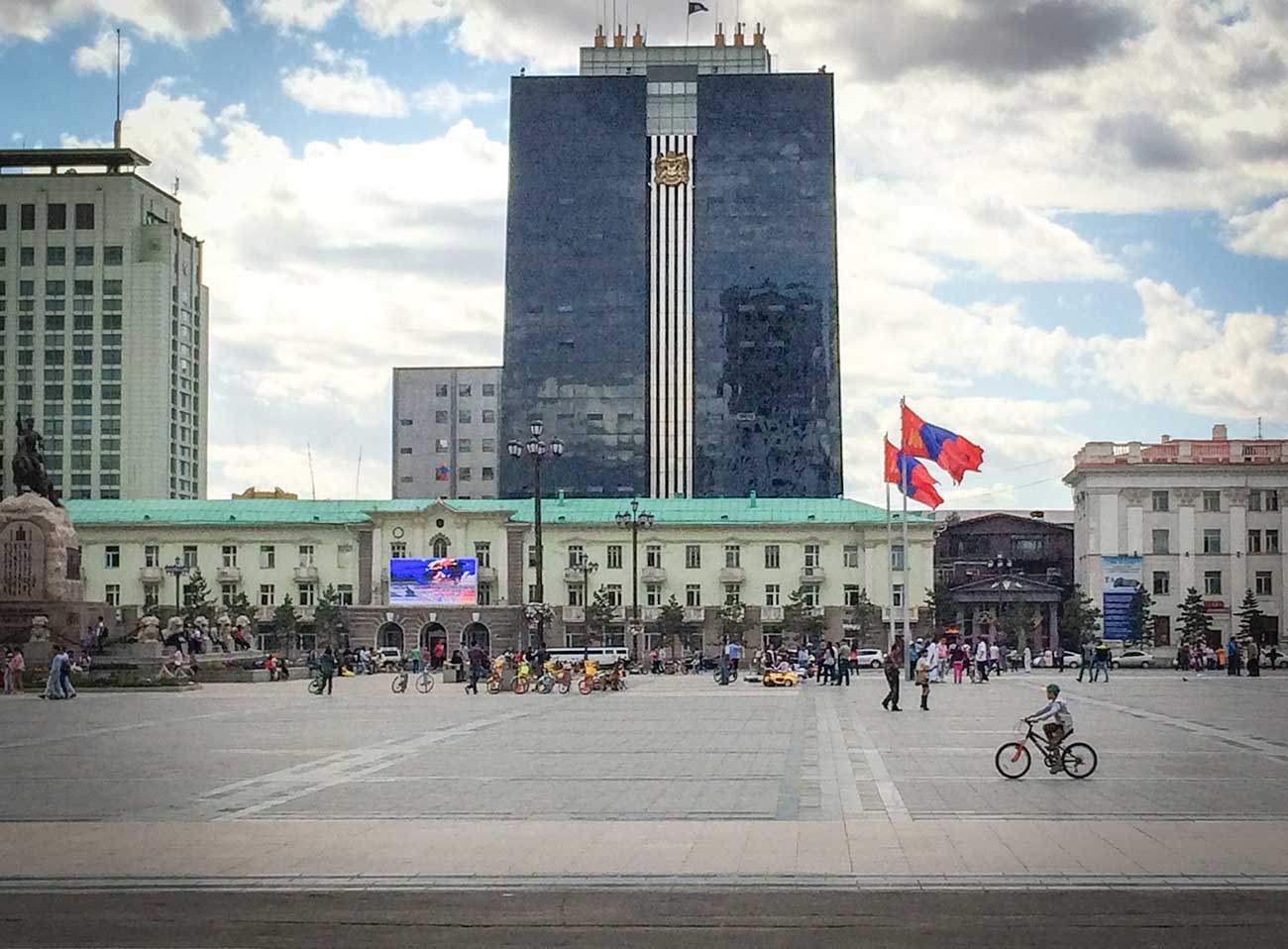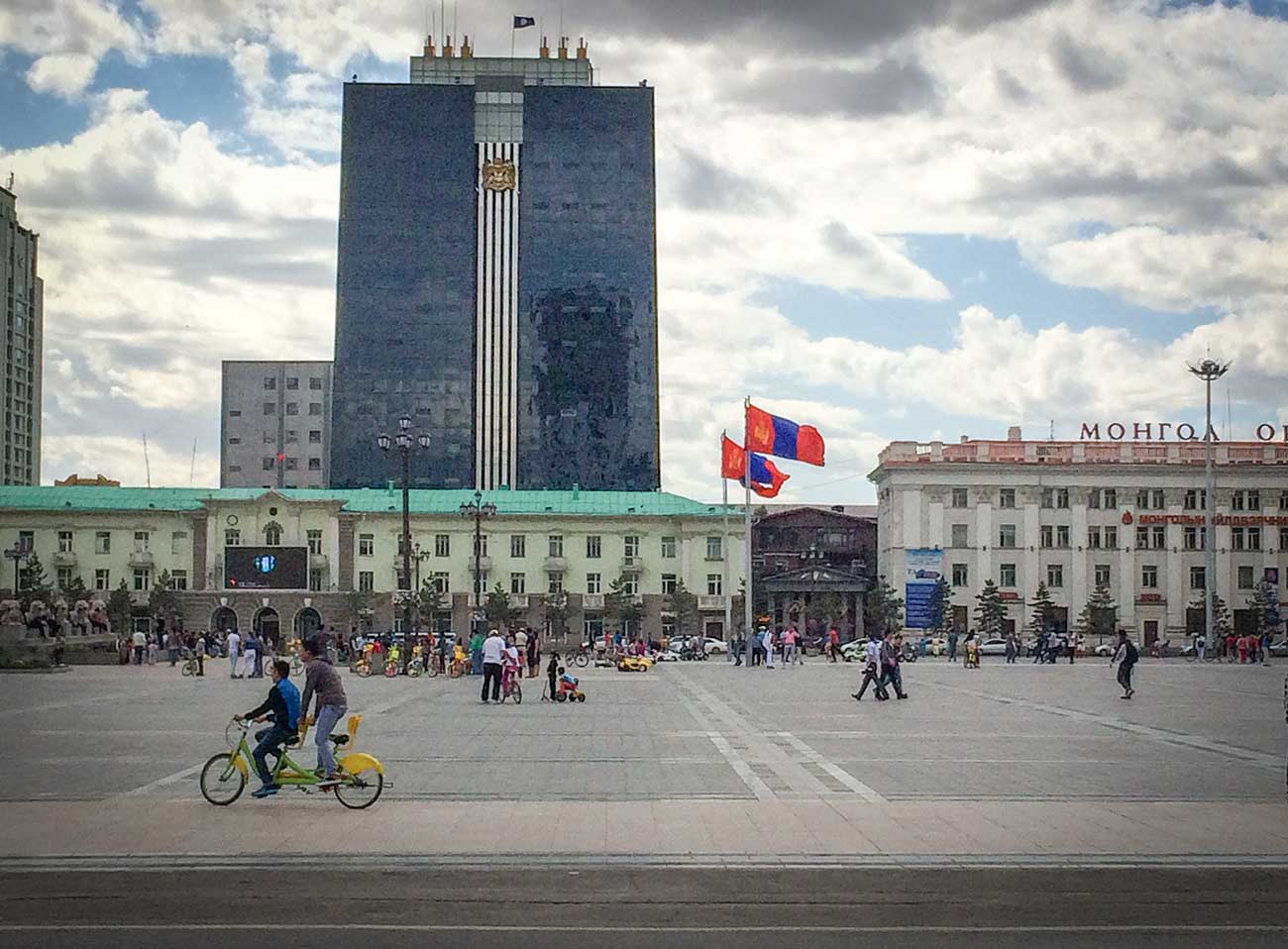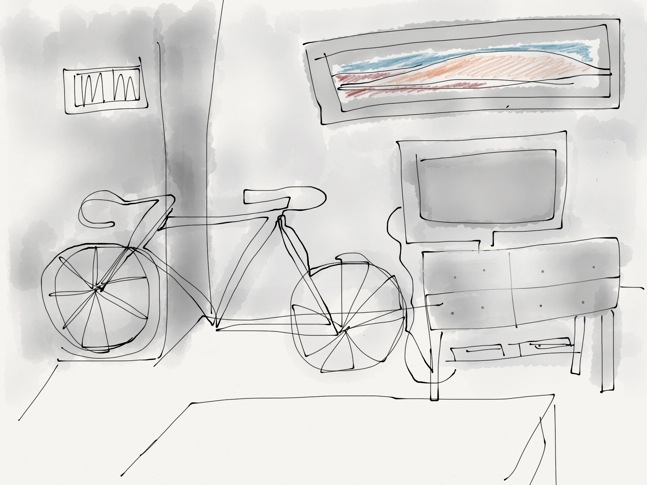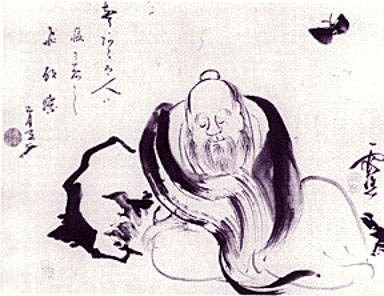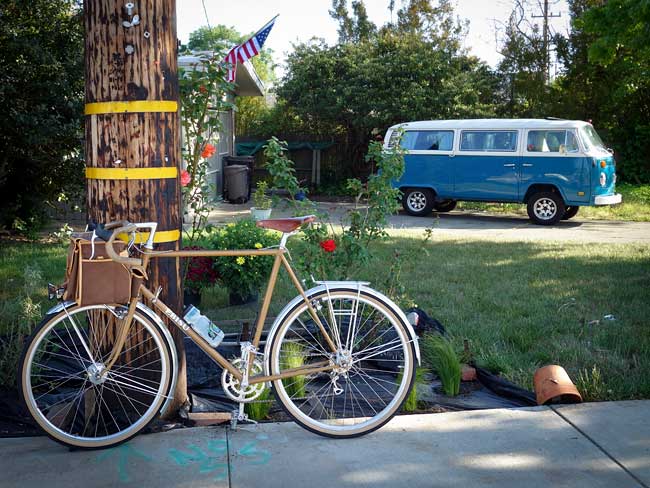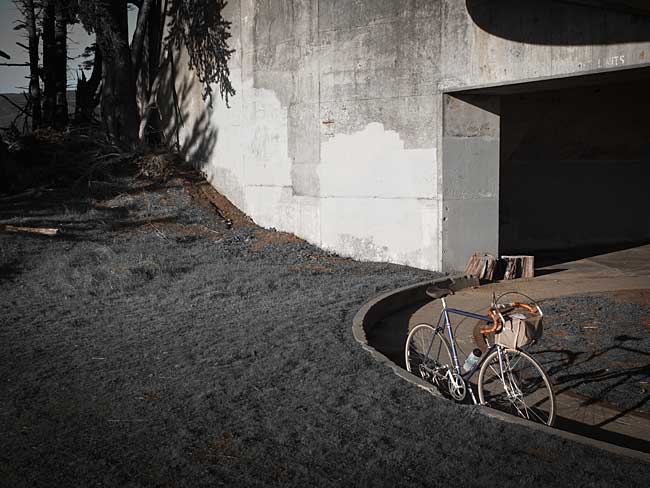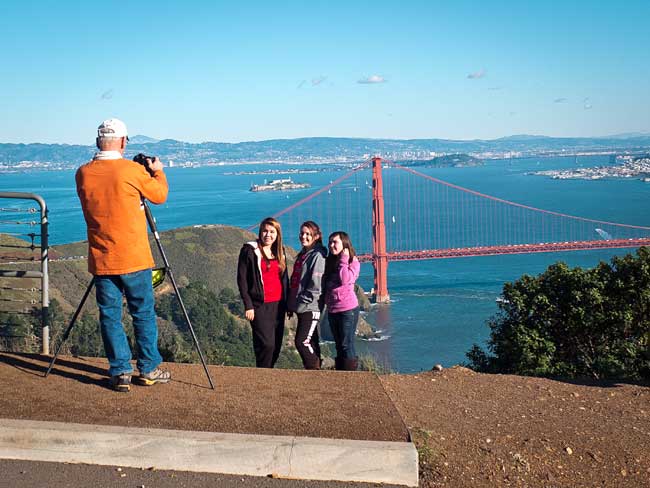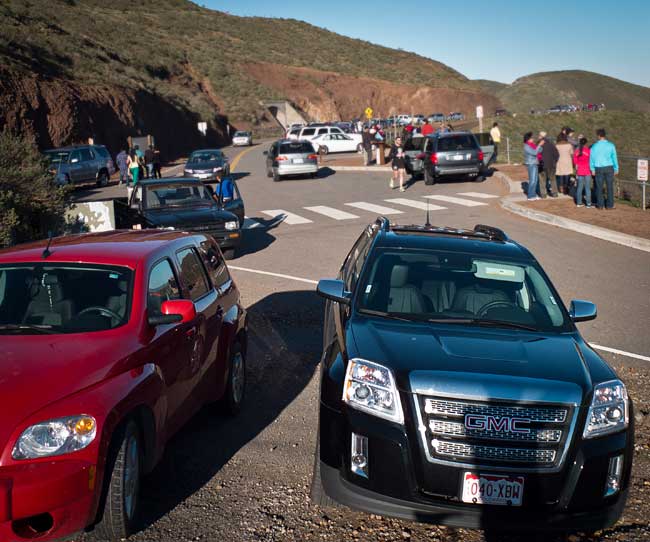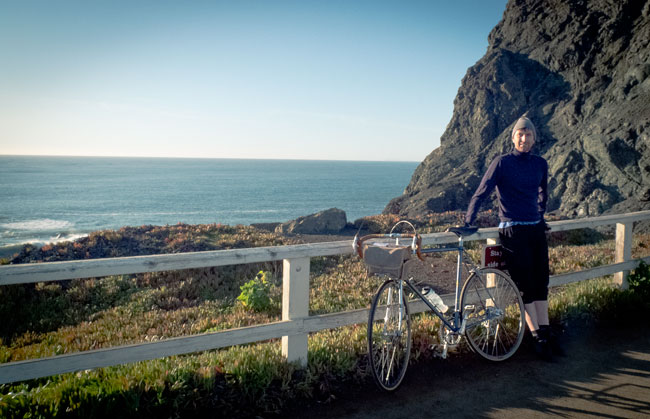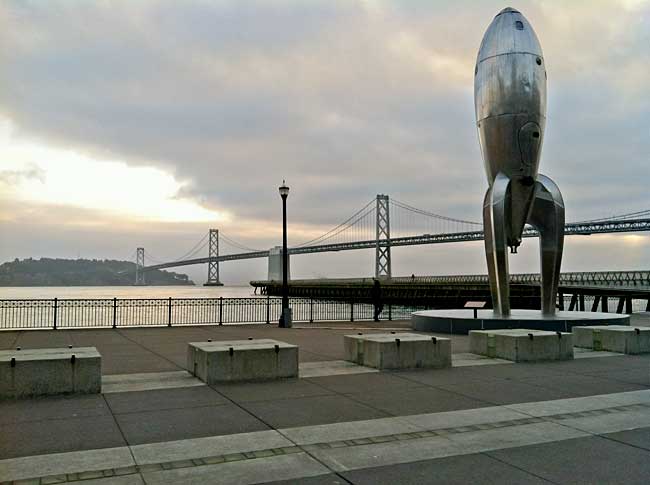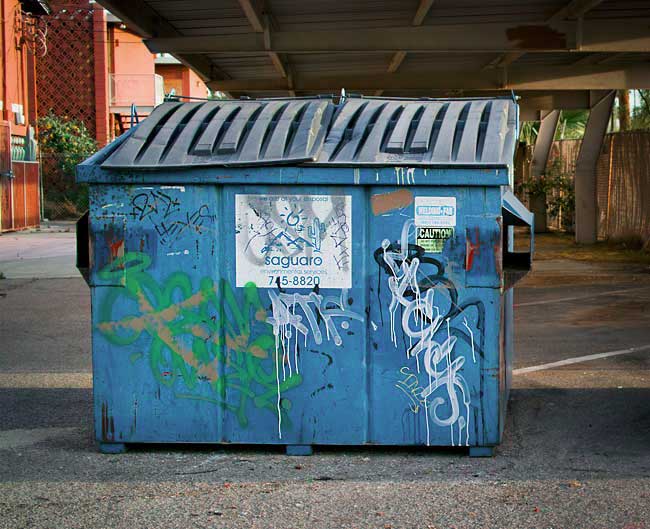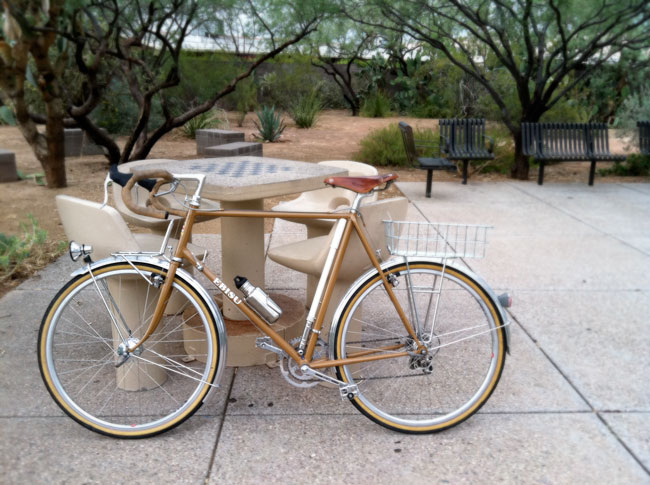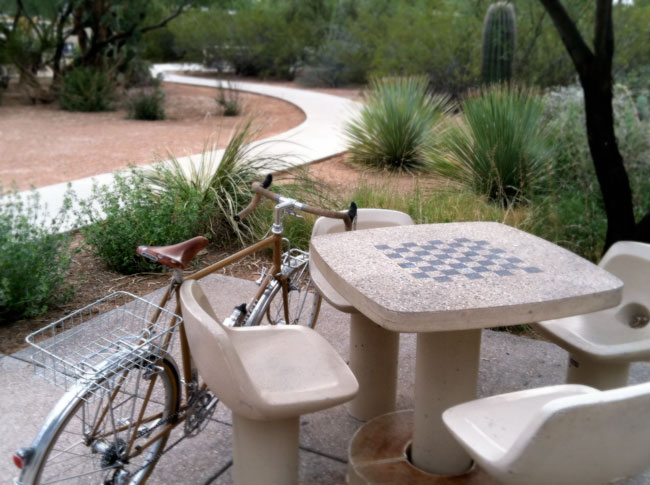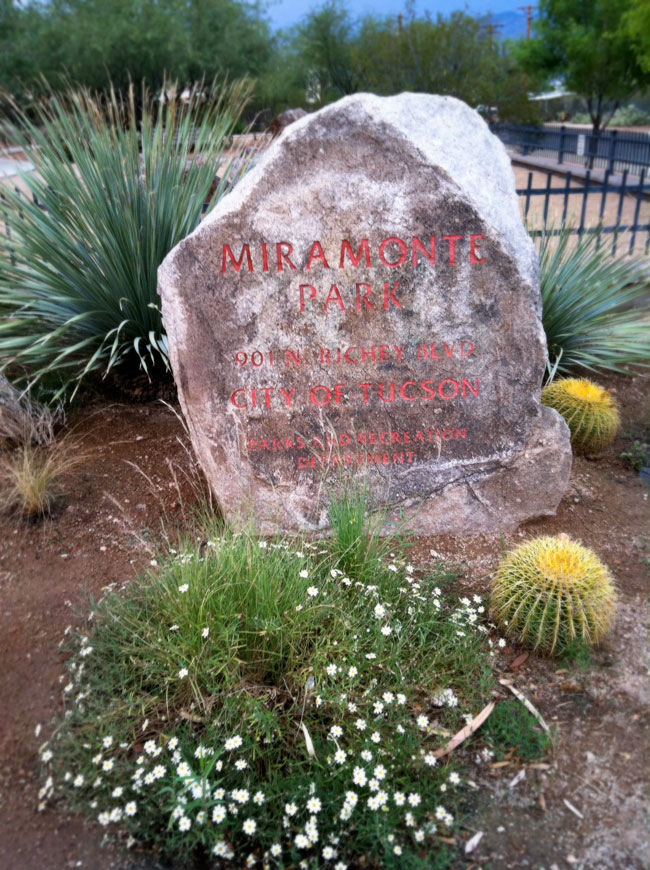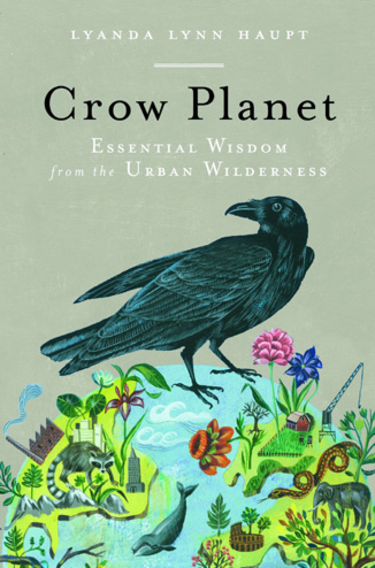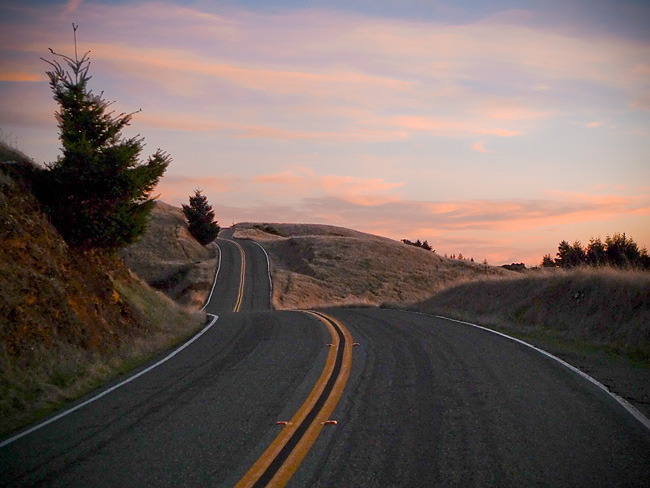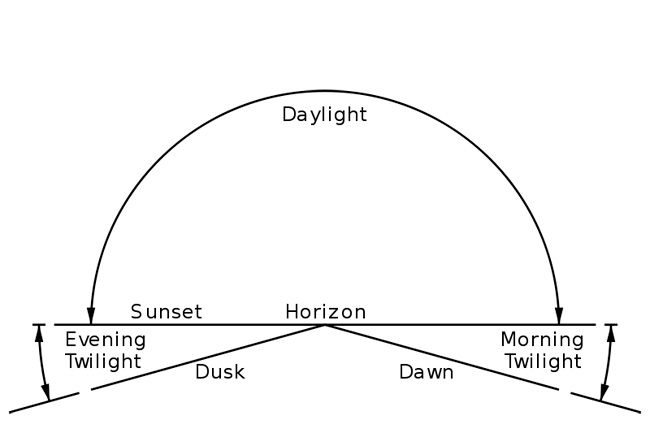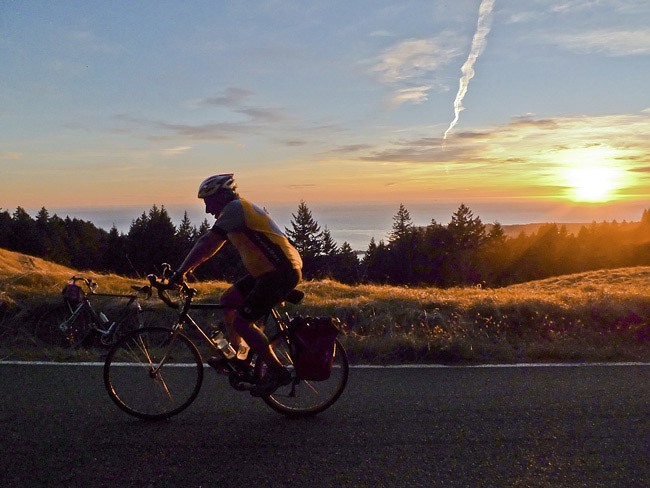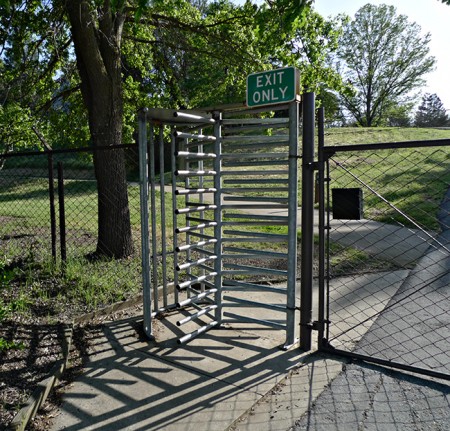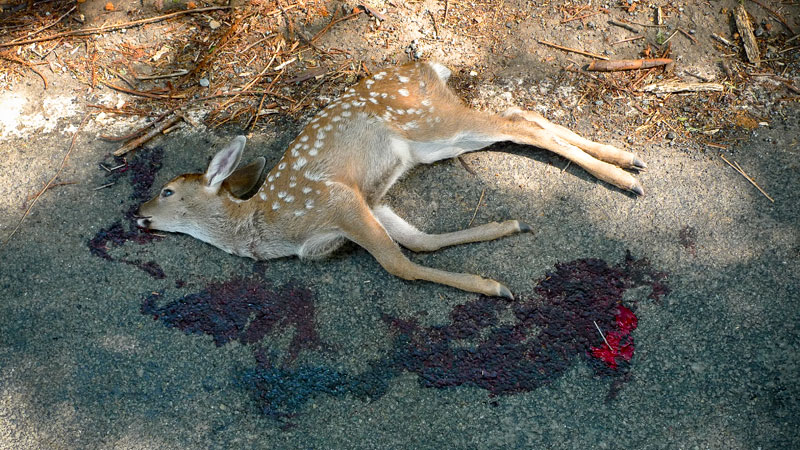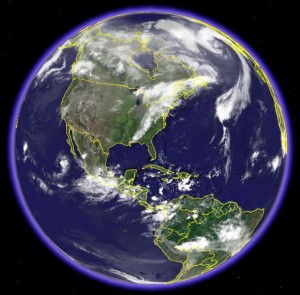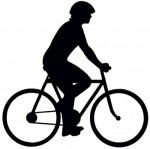Archive for the ‘philosophical musings’ tag
Random Images……Le baiser de l’hôtel de ville (The Kiss)
This poster led me to Kahitsukan, the Kyoto Museum of Contemporary Art, and a Robert Doisneau exhibit. Doisneau was a street photographer in Paris around the same time as Henri Cartier-Bresson.
Question: Does the fact that Doisneau staged this image change how you look or feel about it?
On the Road……A Short Architectural Review: Sukhbaatar Square, Ulaanbaatar
The massive square in downtown Ulaanbaatar was re-named Chinggis Khaan Square, but like many other people I’m still in the habit of calling it Sukhbaatar Square. One local said to me, “We don’t have to name every place after Chinggis Khaan. There are other important people in Mongolian history“.
The square needs to be broken up and softened with trees and other organic design elements, in my opinion. The Brutalist, Stalinist-style architecture is cold and uninviting. And why, in Mongolia of all places, does the central square so thoroughly seek to obliterate any relationship to the beauty of the natural landscape?
But as with so many things, beauty and ugliness are two-sides of the same coin.
Walking through the space, it is easy to become disconnected from your surroundings and fellow citizens — and maybe this was the goal of communist architecture. The weight of the nation state feels heavy on one’s psyche…and a feeling (bordering on melancholy) arises upon the realization that mankind’s desire to produce something grand and transcendent has fallen short.
Yet there are other times I walk this square and its Cartesian vectors, carved from the dense and chaotic urban environment of Ulaanbaatar (itself carved from the eurasian steppe’s montane grassland and scrubland ecozone), place the human mind, and it’s role in the evolution of the universe, into sharp resolution.
And for that I am grateful.
-Nathan
Random Images……An ode to the winter of my discontent
(sketch made with Paper53 app on iPad)
My ebisu, like a greyhound straining at the start, yearns to run free.
But instead she sits in an apartment, leaning up against the wall, gathering dust, through the long, cold winter — while I ignore her.
She whispers to me: why don’t we go out exploring the way we once did?
I change the subject. Or pretend not to hear.
I have many, oh so many reasons (read excuses), why it cannot be. Through it all she doesn’t complain. But her disappointment is palpable. And for that I cannot blame her.
I think one day it will be different. So I say, “one day it will be as it once was”. She is cheered by the news. But I know it is a lie, not in the spirit behind the words, but in the actual words.
For there is no such thing as: it being as it once was.
And although we cannot go back to how it once was, we must always know there will be new springs, new summers. And that yes, one day, this long dark winter will cease.
The sun will rise high overhead. The ice will melt. New life — tindered with joy and longing — will tremble, cry out, and reach up to embrace the very apex of the universe.
And together we will have new experiences that we never could have imagined.
-Nathan
Random Images……Old Schwinn on Georgetown Campus
I was on the Georgetown University campus this past Friday to attend a talk on Sufism by Pir Zia Inayat Khan (if you’re curious check out his wonderful new book).
En route, this old Schwinn with a vintage Brooks saddle caught my eye. The saddle is disintegrating, but still serving its intended purpose — carrying its rider along life’s unfolding, luminous path.
-Nathan
On the Road……A Poem – on Bike to Work Day
In the dream,
we till the loamy soil
and work the byways and flyways
of pacific salmon
and monarch butterflies.
Days flow like cycling migration patterns of hummingbirds and
humpback whales.
— nourished by seal pup carrion and wildflowers.
Lew is right. There is no place else to go,
but remember that rascal Chuang Tzu.
Waking up he says,
“Maybe my life is only a butterfly’s dream.”
-Nathan, May 9, 2013
On the Road……Crunching the numbers: Cars vs. Bikes
My Honda Fit needed some repairs (valve adjustment, transmission fluid and oil change, tire rotation, driver side mirror wiring harness, and visor clip) so I had to figure out how to get to and from the dealership twice this past week.
I decided the most efficient solution was to drive to the Honda shop after work and bring my bicycle along. Then I could drop off my car and use the bike as transportation to get back home. When my car was ready for pick-up later in the week, I would repeat this in reverse, i.e., ride my bike back to the dealership, then drive the car and bicycle back home together.
Since I would be making essentially the same trip by both car and bike several times I jotted down some numbers:
- by car it was a 9.1 mile one-way trip (mostly on highway 101) and took me all of 13 minutes.
- by bicycle it was a 10.6 mile one-way trip (mostly on bike paths and back roads) and took me 46 minutes.
Adjusting for the mileage difference, the bike ride was almost exactly three times less efficient in getting me from point A to point B. But it’s probably more accurate to just say the bicycle was three times more time consuming.
Examining the bike’s efficiency (in isolation) is problematic. One can argue that all the time and energy spent riding the bike should count against the car. If one expands the boundary conditions of this hypothetical efficiency equation, you realize my bicycle riding was only necessary because of the needed automotive repairs!
However, in the process of bicycling this route twice in one week, I enjoyed myself quite a bit, got some needed post-work exercise, and became more acquainted with Marin bike paths and the new bicycle and pedestrian tunnel that opened last year, connecting Larkspur and San Rafael.
So what now? Do I register this joy and satisfaction on the bike’s or the automobile’s side of the ledger?
Now I’m really confused.
Anyhow, the picture above is in Mill Valley. Gotta love the classic VW bus.
On the Road……Marin Headlands Gun Battery on MLK Holiday
The coastal fortifications (as seen in the image above) from a time when nation-states confronted each other with crude, 20th century explosives and projectiles are hard to miss as you bicycle through the Marin Headlands.
These gun batteries are now quiet, but our world still does not embrace Martin Luther King’s practice of non-violent resistance or Mahatma Gandhi’s ethos of satyagraha.
King was influenced by Gandhi, who, according to the author Thomas Weber (Gandhi as Disciple and Mentor, Cambridge University Press, 2004), would quote the poet Shelley at his mass rallies in India.
So in honor of Martin Luther King Day, here are a few stanzas from the English Romantic poet, Percy Bysshe Shelley.
Stand ye calm and resolute, Like a forest close and mute, With folded arms and looks which are Weapons of unvanquished war. And if then the tyrants dare, Let them ride among you there, Slash, and stab, and maim and hew, What they like, that let them do. With folded arms and steady eyes, And little fear, and less surprise Look upon them as they slay Till their rage has died away Then they will return with shame To the place from which they came, And the blood thus shed will speak In hot blushes on their cheek. Rise like Lions after slumber In unvanquishable number, Shake your chains to earth like dew Which in sleep had fallen on you- Ye are many — they are few
–Percy Bysshe Shelley (from The Masque of Anarchy)
On the Road……Fighting shadenfreude pedaling toward Pt. Bonita
What a beautiful, clear winter day! The image below is a popular picture taking spot just where the road reaches a plateau (below Hawk Hill) and before it plummets back down to the sea.
The Park Service made some major infrastructure “improvements” along Conzelman Rd., expanding parking and creating new scenic vistas and pullouts. Now, more people driving up here in cars can enjoy the scenery, but my sense is there’s more traffic and delays. On this day, cars were lining up and I was sometimes overtaking vehicles on the uphill!
I have to admit, it was a rich, satisfying feeling passing snarled cars while pedaling uphill on my bicycle. The Germans, I believe, have a word for this sense of delight in the misfortune of others: they call it Schadenfreude. Studies have shown the human brain’s reward centers are activated in these schedenfreude-like situations, which confirms my own experience.
For the record, I’m not proud of this at all — humility after all is one of my velosophic tenets — but noticing unconscious negative habits, and then slowly perfecting oneself is what life is all about.
On the Road……The End of the Road
This photo from Sunday’s ride has a certain Wes Anderson/Steve Zissou feel to it, I think.
It’s also one of my favorite geotag locations. So make sure you click on the icon under the picture to see the location on a map.
Whenever I’m standing on rocky outcroppings like this looking out onto the Pacific Ocean, I think of the words of the Beat poet Lew Welch.
Here’s the last two stanzas from his glorious poem, THE SONG MT. TAMALPAIS SINGS:
This is the last place. There is nowhere else to go.
Once again we celebrate the
Headland’s huge, cairn-studded fall
into the Sea.This is the last place. There is nowhere else to go.
For we have walked the jeweled beaches
at the feet of the final cliffs
of all Man’s wanderings.This is the last place
There is nowhere else we need to go.-Lew Welch (1921-1976)
Have a Happy New Year Everyone!
-Nathan
Random Images……Public Sculpture in SF, II
I pass this scene almost every morning riding from the Ferry Building to work.
On this morning, there was a feeling of intense presence infusing the whole cityscape created by the arrangement of the sculpture, the bridge, the plaza, the water, the sky, and the light!
Christopher Alexander‘s writings come to mind:
Centers are those particular identified sets, or systems, which appear within the larger whole as distinct and noticeable parts. They appear because they have noticeable distinctness, which makes them separate out from their surroundings and makes them cohere, and it is from the arrangements of these coherent parts that other coherent parts appear. The life or intensity of one center is increased or decreased according to the position and intensity of other nearby centers. Above all, centers become most intense when the centers which they are made of help each other. (From Volume I, The Nature of Order)
Random Images……Easter Sunday, April 8, 2012
I’m beginning to accept that on my short bike rides around central Tucson I can only photograph the landscape that exists — which is a landscape resplendent with concrete, abandoned shopping carts, and dumpsters.
However, paying close attention to the details of this landscape, I believe, creates a more intimate connection to the physical world.
For beauty is everywhere — even in ugliness it is possible to see beauty.
But the opposite is also true — ugliness exists within beauty. This is the paradox of living in duality.
Looking through the eyes of God — from within the unity of existence — what do you see?
Nathan
Click here for some of TheFridaycyclotouriste’s previous holiday images/posts
On the Road……Contemplative bicycling along the Santa Cruz River
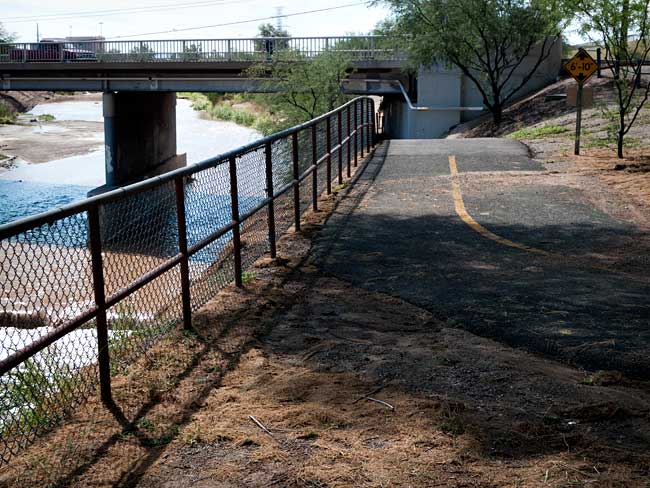 Bicycling in Tucson has been an adjustment for me.
Bicycling in Tucson has been an adjustment for me.
The biggest difference is that it takes about 60 minutes of riding to get out of town and into a more natural environment. Those 60 minutes can feel even longer as this time is usually spent traveling on very busy, automobile-dominated roadways, which I find rather stressful.
Don’t get me wrong, There are plenty of bike lanes and routes criss-crossing Tucson, but most of these routes (as mentioned above) do not inspire my style of carefree and joyous riding. It may be a surprise to some, but I’m not an ideological cyclist. I don’t fight against conditions be it weather, road surface, or personal safety just to prove that bicycling is a viable form of transit (although I respect those who do). I ride a bicycle simply because of its potential to enhance the quality of my everyday life.
In other words: I ride a bicycle out of an Epicurean desire for happiness.
Now there are always exceptions. Sometimes I ride for physical exercise. Sometimes I ride to accomplish a goal (e.g. to reach the top of the mountain, or to get from point A to point B within X amount of time). But for the most part bicycling is a way to enhance my own pleasure by drawing me closer to my surroundings and helping me feel the aliveness of my own body.
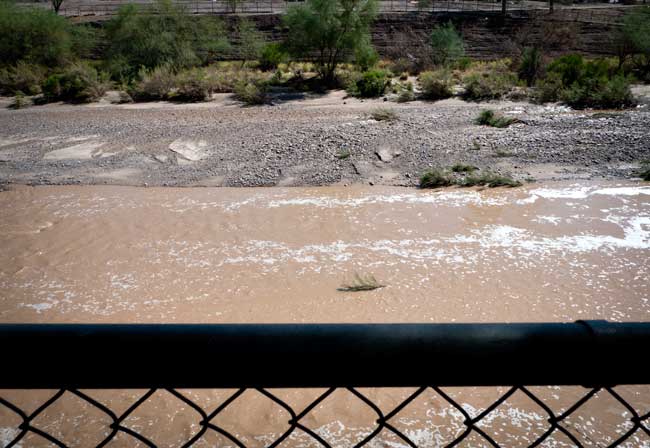 The bike paths along the Santa Cruz and Rialto Rivers are some of the exceptions — places in Tucson where carefree, contemplative riding is easy.
The bike paths along the Santa Cruz and Rialto Rivers are some of the exceptions — places in Tucson where carefree, contemplative riding is easy.
On the Road……Miramonte Park along the 3rd St. bike path
In the early evening, right before a rain, this small garden-park had a palpable feeling of serenity and harmony. Lingering here, I felt calm and more connected to nature — the plants, the stones, and the slight breeze.
Later, I associated this feeling with the Japanese concept of wabi-sabi and other aspects of Japanese garden design.
I’m sure Tucson is full of little parks like this; I just happened to stumble upon this one (which was completely empty for some reason).
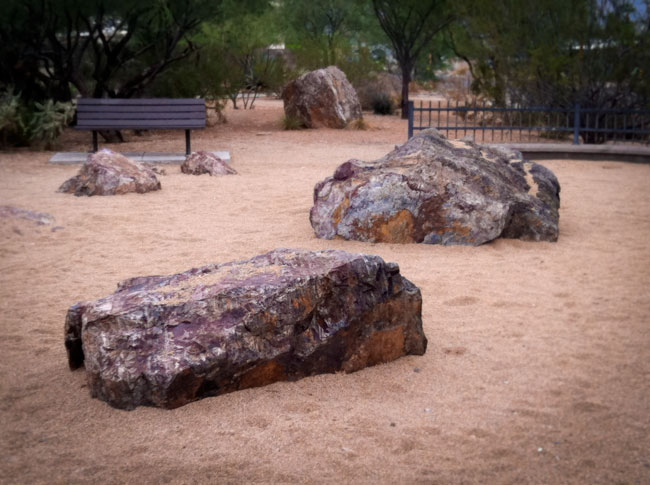 A zen rock garden — Tucson’s own Ryoan-ji?
A zen rock garden — Tucson’s own Ryoan-ji?
Many professionals would object to the word “zen” in describing a traditional Japanese dry rock garden. The publisher of this delightful, bi-monthly journal is especially disdainful of the term.
Either way, the journal (I am a subscriber) is probably the best source of practical information on Japanese gardens and architecture around. Plus, it’s very easy to read!
Let the wind speak. That is Paradise. — Ezra Pound, Canto CXX
Nathan
On the Road……Sabino Creek: An ode to Tucson’s watershed
This small stone cairn caught my eye, perched in the middle of a mostly dry Sabino Creek.
The creek corridor is full of ash, cottonwood, willow, sycamore, and other riparian species. When the creek is running — as a result of snow melt and rainwater flowing down from the Catalina Mountains — Tucson’s underground aquifer is re-charged.
Sabino Creek also feeds the Rillito River, which feeds the Santa Cruz River, which feeds the Gila River, which feeds the mighty Colorado River, which in turn feeds the Sea of Cortez (or Gulf of California).
The hydrologic cycle comes full circle when this water returns to Tucson in the form of summer monsoons and winter rains, and flows down Tucson’s Sabino Canyon once again — a wondrous ebb and flow 10 million years in the making.
Nathan
Biking Culture……The Human Element: Walking versus Biking
I’ve extolled the virtues of bicycling as an ideal form of locomotion on these pages before, for example:
“The bike is a wonderful machine: it lets you explore more terrain than you can on foot on a given day, yet it is still a humane technology connecting your body and senses to nature in ways not really possible with an automobile (from Velosophy).”
“…for me riding a bike is good mindfulness practice: It helps me to regain peace of mind after a hard day and helps me to observe my everyday world with a somewhat greater sense of clarity (from this post).”
However, this passage from a book I just finished, Crow Planet: Essential Wisdom from the Urban Wilderness by Lyanda Lynn Haupt, makes a very strong case for walking:
Walking is the pace that we were born to. It is the pace at which our eyes focus, our thoughts can keep up, and our bodies can feel evolved and grounded and whole. Walking we are on an axis about which we can turn to look, or bend to see, or squat to pick up. Walking, we feel knowing and self-reliant, inhabitants of our own bodies, and in cahoots with the bodies of others.
She also uses excerpts from Thoreau’s Walking to bolster her argument.
Thoreau is hard to argue with and I’ll admit walking has its charms.
In fact, one of my favorite tools is Walk Score — which ranks places to live on a scale of 1 to 100 in terms of how walkable they are (e.g. proximity to grocery stores, libraries, post offices, cafes, etc.).
On the Road……Atop the Bolinas Ridge at Civil Twilight
This image from my recent ride along the Bolinas Ridge captures the specific time of the evening — civil twilight — when ambient light takes on a lovely bluish hue prized by painters and photographers.
Twilight, broadly speaking, refers to the time between sunset and dusk AND the time between sunrise and dawn (the chart below is a helpful tool for visualizing this).
But twilight (both morning and evening) is divided, more scientifically, into civil, nautical, and astronomical segments based upon the number of degrees the center of the sun is below the horizon (6, 6-to-12, and 12-to-18 degrees respectively).
Evening nautical twilight (nautical dusk) is said to end once sea navigation via the horizon line is no longer possible. Evening astronomical twilight (astronomical dusk) ends once the dimmest celestial objects (e.g. galaxies and nebulae) become properly visible to astronomical observation.
Commentary: in the context of the virtual world of Texting, Tweeting, and Tagging (from which I claim no exception) it feels palpably iconoclastic (if not downright subversive) to patiently witness our solar system’s sun disappearing ever so gently beyond the planet’s watery horizon.
Featured Comment by Shoeless Joe: “There is a biological connection, too, as the rods and cones in our eyes perceive light differently at twilight. It is called the Purkinje Shift (or Purkinje Effect). Wikipedia has a good article on it. One of the beauties of cycling is that it affords many opportunities to “patiently witness” the world around us in a way that is unique to the sport.”
Ride Report…A Late Fall Ride and a Pacific Ocean Sunset
I somehow got it into my mind that I needed to see the Pacific Ocean.
The solution was a 25 mile loop — from Fairfax up to and along Bolinas Ridge offering winding roads; steep climbs; fast descents; water and commanding Pacific Ocean views; relatively few cars; redwood forests; oak-studded grasslands; colorful autumn foliage; and, a smattering of wild life (I saw a coyote on top of the ridge and several deer on the way down).
In other words: there’s a bit of everything on this ride.
I departed around 3:30 pm (it’s getting dark by 5:30 pm) so I attached a headlight that I bought for my Brompton folding bike on the Guerciotti. I packed a persimmon and a wool turtleneck in my handlebar bag and wore a wool t-shirt and wool knickers. The weather, however, was unseasonably warm and I was comfortable for most of the ride in just the t-shirt. (Toward the end of the ride, I draped the sweater around my shoulders and tied the sleeves in a loose knot to keep it from slipping.)
I spent most of this ride chasing the sun. I’d catch it, then it would dip behind a ridge. This continued until I got to the final, long climb with the sun well hidden behind the ridge. But as I slowly pedaled up the road — and the 1000′ vertical feet of switch-backs — I realized that at the very top the sun would make a final appearance.
As the image shows, I caught the sun for the final time as I rode atop the ridge.
So what about the bicyclist in the picture?
I passed him about 6 miles earlier, but since I’m always on-and-off my bike making photographs he caught up with me (think of the tortoise and the hare). When I noticed him climbing up the ridge about 100 yards behind me I set-up for this photo.
As the tortoise passed me, I exclaimed, “That’s a beautiful picture!” The tortoise turned briefly toward the sunset and replied, “it’s not real”.
At first I thought he was referring to the almost hyper-real colors (you know how sometimes nature reveals scenes — especially cloud formations and sunsets — that would be unbelievable had you not witnessed them with your own eyes?).
But on further reflection, maybe he was referring to photography itself and the philosophically problematic nature of attempting to reproduce reality with a machine!
Anyhow, I lingered on the ridge for 10-15 minutes and watched the sun dip below the horizon. Mosquitoes bit my arms and legs. I devoured a persimmon then turned on my headlight and rode home.
Random Images……Praying Mantis on the Back Patio
I found this beautiful, nearly 6 inch long, praying mantis in a container plant on my back patio.
Since reading Laurens van der Post’s A Mantis Carol, and learning the Bushmen of the Kalahari regard them as manifestations of God, I always approach these creatures with a special reverence. In the Islamic world, they are also important religious symbols. Plus, their subtle movements evoke meditation and mindfulness.
I like to think this little creature’s visit was a reminder to have more subtle awareness of my life and to not get too caught up in the day’s chaos.
What does this have to do with bicycling?
Well…for me riding a bike is good mindfulness practice: It helps me to regain peace of mind after a hard day and helps me to observe my everyday world with a somewhat greater sense of clarity.
On the Road……Bicycling, Carbon Footprints, and a Sense of Wonder
I recently pedaled up to Alpine Lake and had the foresight to pack a little fruit and one of these spiffy stainless steel Japanese Suncraft knives.
As I bit into this juicy kiwi, I remember thinking:
How is it that I’m sitting here now and eating a tiny fruit that was harvested on the other side of the earth?
There was no judgment over the astronomical (one might even say grotesque) carbon footprint of my organic New Zealand kiwi – it was simply a sense of wonder that I live at a time in human history where such an act is even possible.
Note: After writing the above post I discovered that a “sense of wonder” is a recognized concept in science fiction literature. It’s related to a “numinous” experience. Here’s an excerpt from the Wikipedia entry:
The sense of wonder is related to, but not identical to, the concept of the numinous…the numinous, in this case, is the understanding that there is something not directly comprehensible, but large and entirely other, in the world. The sense of wonder, by contrast, is the understanding that there is something that one had not fully comprehended — or perhaps had not even recognized that there was something to be comprehended — until that point.
On the Road……Martinez, and the John Muir House
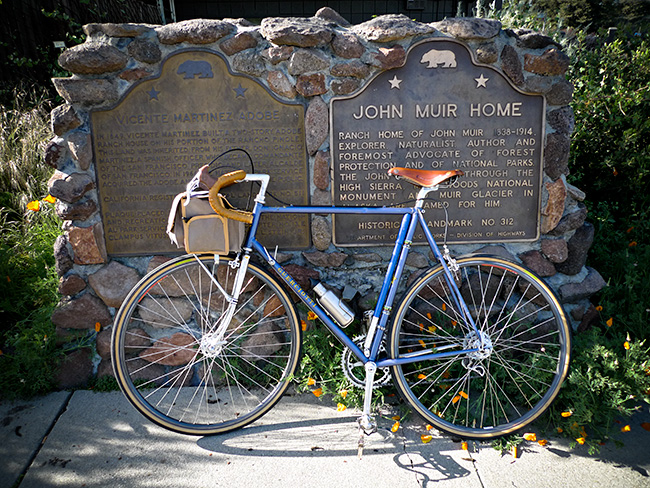 You can see from the little squiggle on the Port Costa route map that I made a slight detour from my planned loop.
You can see from the little squiggle on the Port Costa route map that I made a slight detour from my planned loop.
Here’s what happened:
Noticing the sign “Martinez” as I entered town caused a little voice deep inside my head to say clearly: “Martinez is known for something...?”
It took a few blocks of me pondering, “Martinez, Martinez” and then it struck me — John Muir’s House is in Martinez!
I stopped to ask directions and it was easy enough to find. I went a few miles south on Alhambra Avenue toward Highway 4 and there it was on the right, just past a Vietnamese nail salon and a Subway sandwich shop.
John Muir is one of my all-time heroes. He’s up there with Bodhidharma, Gandhi, Emerson, Thoreau, Gary Snyder, Wendell Berry, Ed Abbey, Aldo Leopold, Cabeza de Vaca, Charlie Chaplin, Walt Whitman, Muhammad Ali, and Velocio.
So I was a little disappointed the historic landmark was closed for the day when I arrived. I just peered in, past the parking lot gate. The place felt a bit sad and ironic, surrounded by its suburban infrastructure.
Even in his day, Muir was not entirely happy in Martinez, so far from the cheerful water ouzel and his beloved High Sierra.
On the Road……Roadkill
For some, this may be an unpleasant image. But death is all around us and today it could not be denied. I saw the dead fawn as I was returning home from my familiar Fairfax-to-Alpine Lake ride. I made a quick u-turn to return to the spot and was able to remove the small creature from the road and perform an ad hoc burial. I fashioned a cross from some branches held together with vines.
I’m reminded of the book, Apologia, by the great writer Barry Lopez.

 Show on map
Show on map